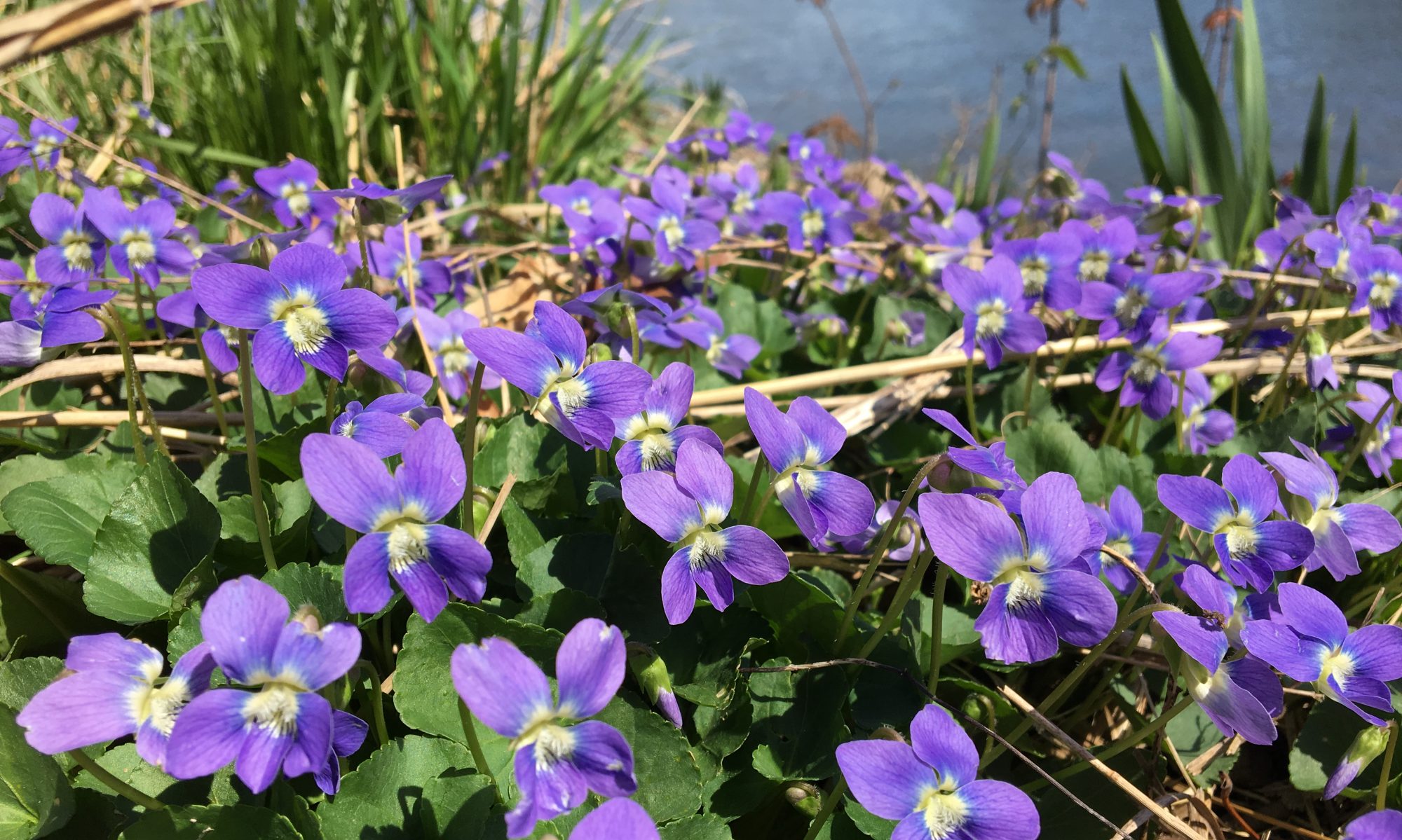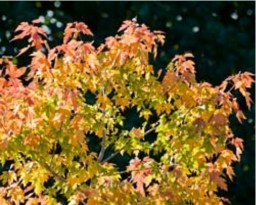After a killing frost, remove annual plant material from your garden and add it to your compost heap. Any soilless mix from window boxes or containers can be discarded or kept aside for one more year. If used for a second year, mix equal parts old mix with fresh soilless mix. Clean and sterilize containers before storing over winter. Do not mulch your perennial garden area until the ground has frozen hard later in November. Begin to plant springblooming bulbs. Mulch area after planting. If rodents, deer, or rabbits have been a problem in the past, consider planting varieties of the following pestresistant bulbs: ornamental onion, grape hyacinth, fritillary, narcissus, windflower, winter aconite. A few weeks after a killing frost, lift and store tender bulbs. This might be as late as November. Cut back aboveground foliage and stems of cannas and dahlias to 4 to 5 inches. Gently lift up tubers using a pitchfork. Shake off excess soil and dry tubers in a warm dry place. Do not separate the mass of tuberous roots at this time. When dry, place labeled tubers in cardboard boxes lined with newspaper and filled with barely moist wood shavings, peat moss, or vermiculite. Store between 40 and 50 degrees in a darkened room. Check periodically to be sure tubers haven’t rotted (throw away) or begun to dry out (sprinkle gently with water). Tuberous begonias can be dug in the same fashion. Remove all foliage and stems and place in a cardboard box lined with newspaper and filled with barely moist wood shavings, peat moss, or vermiculite. Store tubers in dark room between 45 and 55 degrees. Caladium bulbs are lifted and stored like tuberous begonias. Gladioli corms are dug, dried, and stored between 35 and 40 degrees in paper bags or openweave mesh bags. Tuberose planted in the garden should be dug up and have its foliage removed, then stored in a pot with very dry soil in a darkened warm room. Those planted in containers can be moved straight to storage after cutting back the darkened foliage and stems. Winterize aquatic gardens. Hardy water plants may remain in ponds as long as they don’t freeze. Protect small ponds from freezing by covering them with thin plywood sheets and layers of mulch or shredded leaves. Or install a pond heater to keep the water surface from freezing. If a thin layer of ice forms on the water surface, pour hot water on the ice to melt it. Banging on ice can hurt fish. Remove tropical water plants, cut off all foliage and flowers, and store tubers in an indoor aquarium where the water remains 55 degrees or in moist sand in a bucket at 55 degrees.
Tree and Shrub Care
Consider applying fertilizer this month to trees or shrubs that have not received any fertilizer this year and/or have demonstrated need — for example, stunted growth, failure to fully flower or leaf out, undersized fruit, off color foliage, recovery from disease, or insect attack. Continue to water newly planted trees and shrubs, especially evergreens, up until ground freezes. Milder temperatures can fool gardeners into thinking woody plants don’t require as much moisture in fall as they do in summer. Many deciduous trees and shrubs can be planted when they demonstrate fall color or drop their leaves. This indicates they are initiating dormancy. Water well and mulch with 2 to 4 inches of shredded bark. Do not fertilize at this time. Wait one year before applying a balanced, slow release granular 10-10-10 fertilizer. Certain trees are better planted in spring, among them magnolia, redbud, Japanese maple, dogwood, doublefile viburnum, rhododendron, and any other woody plant considered marginally hardy in zone 5. If rabbits, rodents, or deer have been a problem in past winters, take precautions with valuable woody plants now. To keep deer from rubbing antlers on tree trunks, spread garden netting or snow fencing around abused trees. Creation of physical barriers is more effective than sprays. Deter rabbits and rodents from overwintering in gardens by cutting down their winter habitats, such as ornamental grass clumps or perennials left standing for winter interest. Protect tree trunks from gnawing rabbits by setting up 12 to 16 inches of hardware cloth tacked into the soil three inches away from the trunk.

